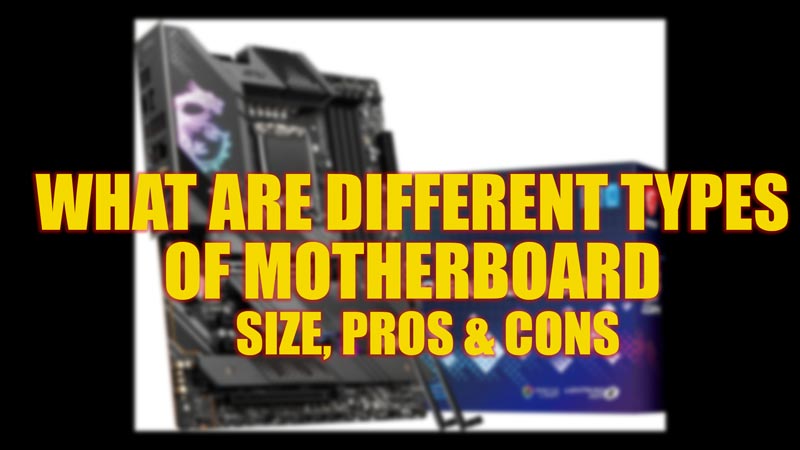If you are planning to build your own PC or upgrade your existing one, you might be wondering what are the different motherboard sizes and how to choose the best one for your needs. Hence, in this guide, we will explain the main types of the motherboard, their advantages and disadvantages, and some tips on how to select the right one for your PC.
What are the Different Types of Motherboard – Size, Pros & Cons (2023)
Motherboards are the main circuit boards that connect all the components of your PC, such as the CPU, RAM, GPU, storage drives, and peripherals. They also determine the compatibility and performance of your PC, as they support different types of processors, memory modules, expansion slots, and features. The size of a motherboard is also known as its form factor. There are several standard form factors for motherboards, each with its own specifications and dimensions. Hence, the most common types of the motherboard are:
ATX

This is the most popular and widely used form factor for desktop PCs. It measures 12 x 9.6 inches and has 7 expansion slots. ATX motherboards support full-size components and have plenty of room for cooling and airflow. It also offers more features and options than smaller form factors, such as multiple PCIe slots, M.2 slots, SATA ports, USB ports, etc. However, it also requires a larger case. Also, it consumes more power and produces more heat than smaller motherboards, which may require additional cooling and ventilation.
Extended-ATX (E-ATX)
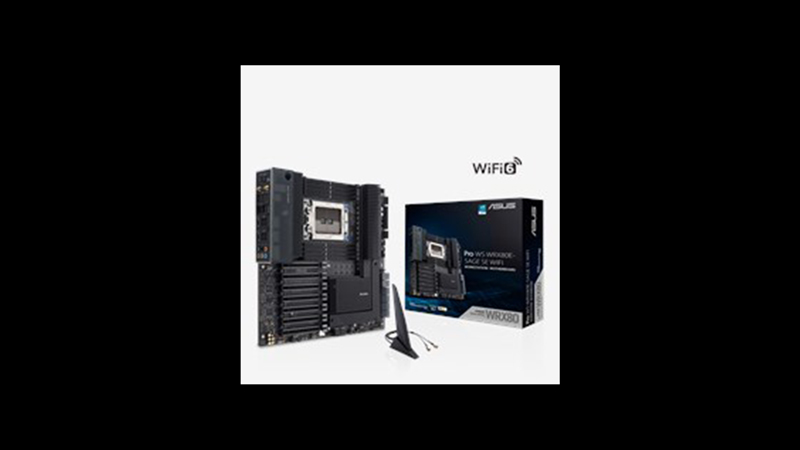
An Extended-ATX (E-ATX) motherboard is a type of motherboard with a larger size and more slots than a standard ATX motherboard. E-ATX motherboards measure 12 x 13 inches and have up to 8 RAM slots. Also, they have up to 7 PCIe slots which allow these motherboards to have more memory and expansion cards. E-ATX motherboards are suitable for professionals, and enthusiasts who need more power and performance from their computers. However, E-ATX motherboards also require bigger cases, and more cooling, making them costlier than ATX motherboards.
Micro ATX

This is a smaller version of the ATX form factor, measuring 9.6 x 9.6 inches and having 4 expansion slots. It can still support most of the same components as an ATX motherboard, but with less room. However, it has fewer PCI Express and RAM slots compared to E-ATX or ATX. Also, due to less surface area, the cooling efficiency of micro ATX is low resulting in higher temperature and lower performance for the CPU and other components. Hence, it is suitable for budget-friendly users who are looking for compact builds.
Mini ITX
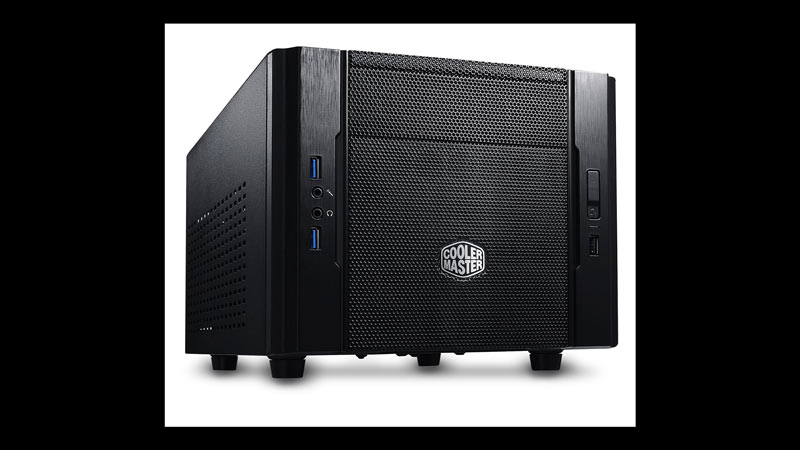
This is the smallest standard form factor for desktop PCs. It measures 6.7 x 6.7 inches and has only one expansion slot. This supports miniaturized components, such as low-profile CPU coolers, SFX power supplies, and 2.5-inch storage drives. It can fit in some micro ATX cases as well as dedicated mini ITX cases. Hence, if you are looking for ultra-small and portable builds that prioritize space efficiency and low power consumption over performance and features, Mini-ITX PCs are the best choice of motherboard for you.
BTX
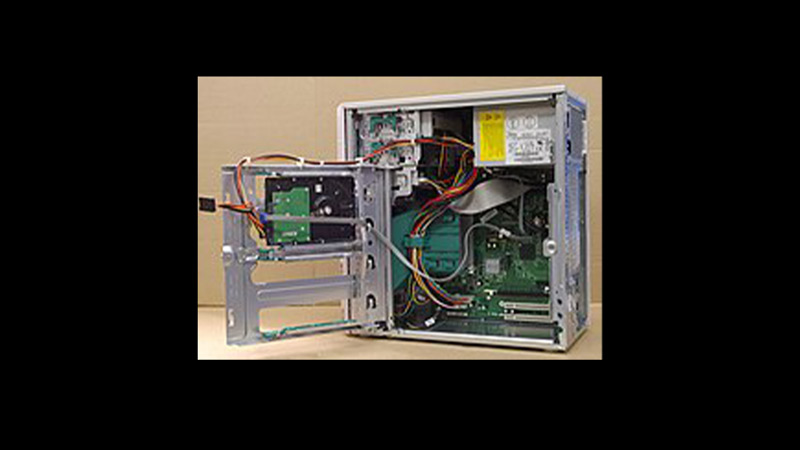
A BTX motherboard is a type of computer motherboard that follows the Balanced Technology Extended (BTX) standard. This standard was introduced by Intel in 2004 as a successor to the ATX standard. The main features of a BTX motherboard are its improved thermal design. It supports newer processors and chipsets with flexible layout options. A BTX motherboard can have different sizes and shapes, such as standard BTX, microBTX, nanoBTX, and picoBTX. A BTX motherboard can also be mounted on either side of the computer case, depending on the airflow direction. However, they are more expensive than ATX motherboards and are compatible with fewer CPUs.
LPX
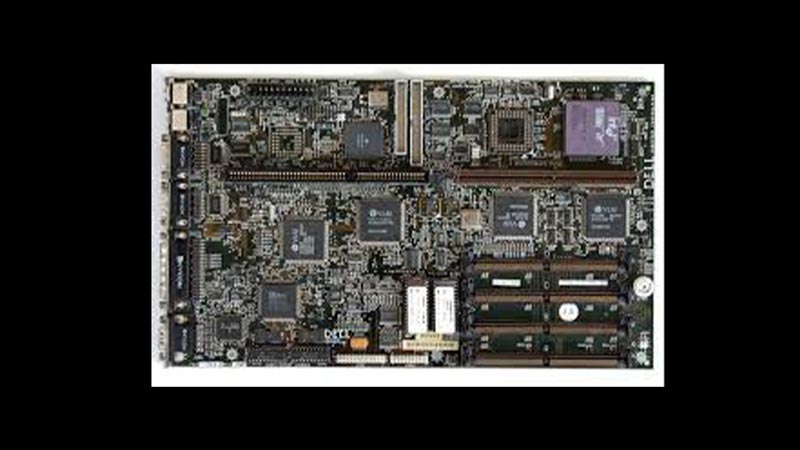
An LPX motherboard is a type of computer motherboard with a low-profile design and a smaller form factor than the standard ATX motherboard. LPX motherboards are often used in slim desktop computers or small form factor (SFF) cases. Moreover, LPX has a riser card that allows the installation of expansion cards horizontally improving the airflow and cooling of the system. However, this riser card may interfere with some expansion cards and cables. Also, they have limited upgradeability and compatibility with other components, such as CPU, RAM, or power supply.
Those were the different types of motherboard size and their pros & cons. Also, check out our other guides, such as How to fix the new PC build with no display error or How to see what motherboard you have.
